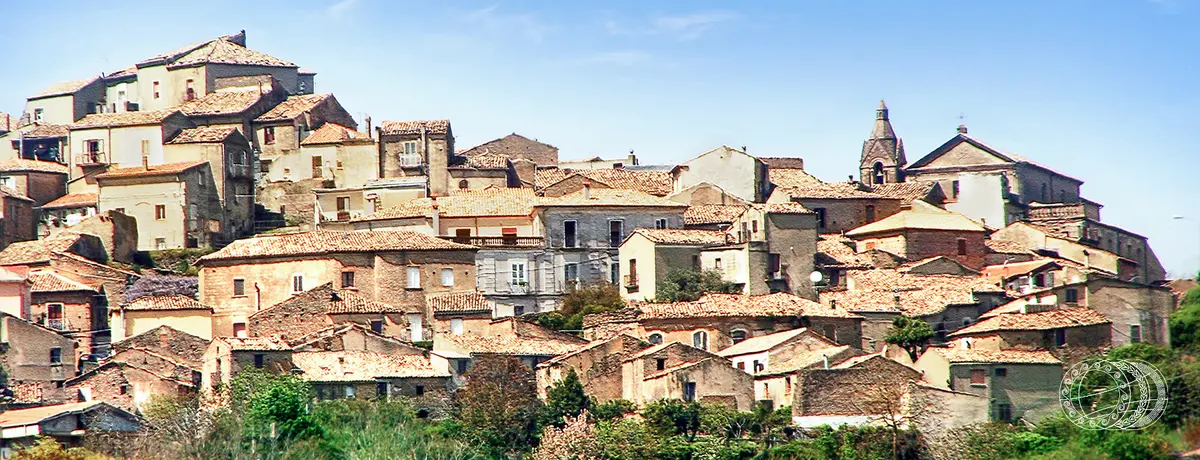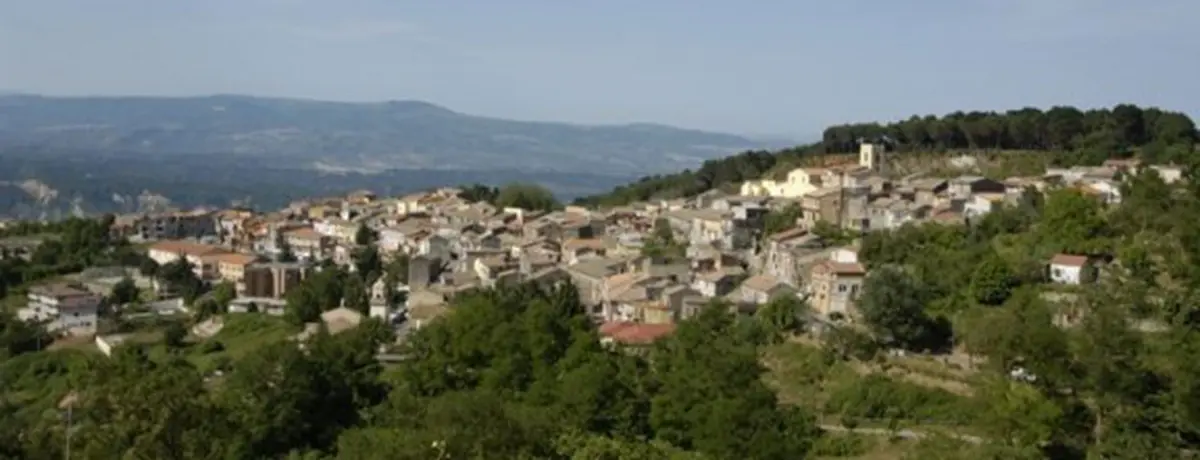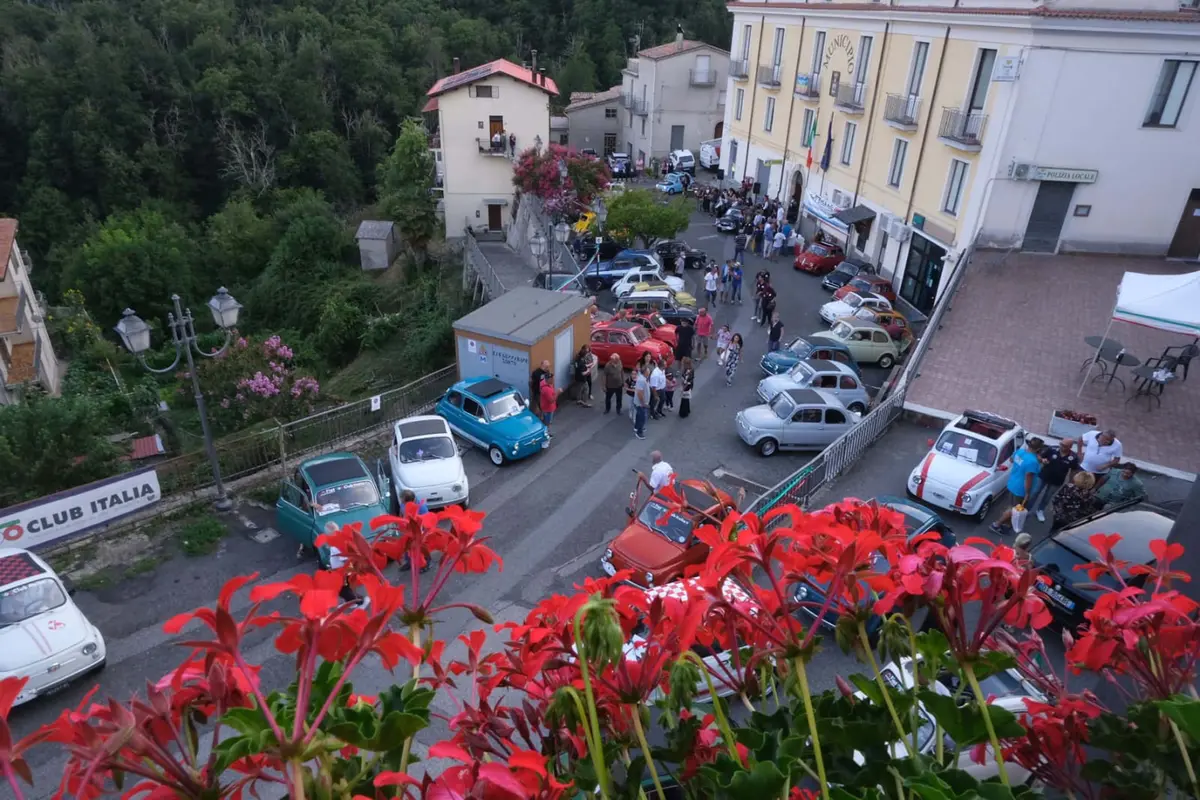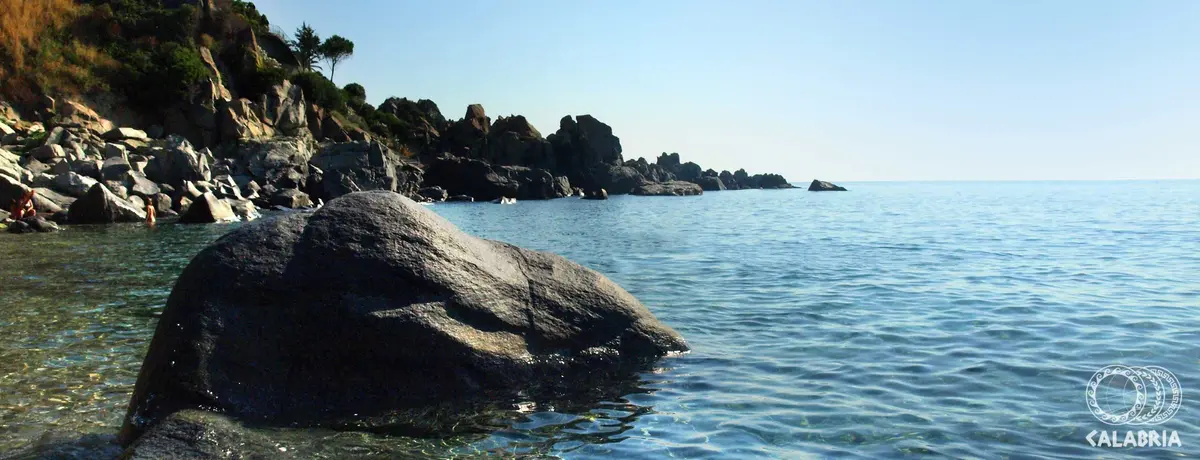Catanzaro
Catanzaro, the city between the two seas
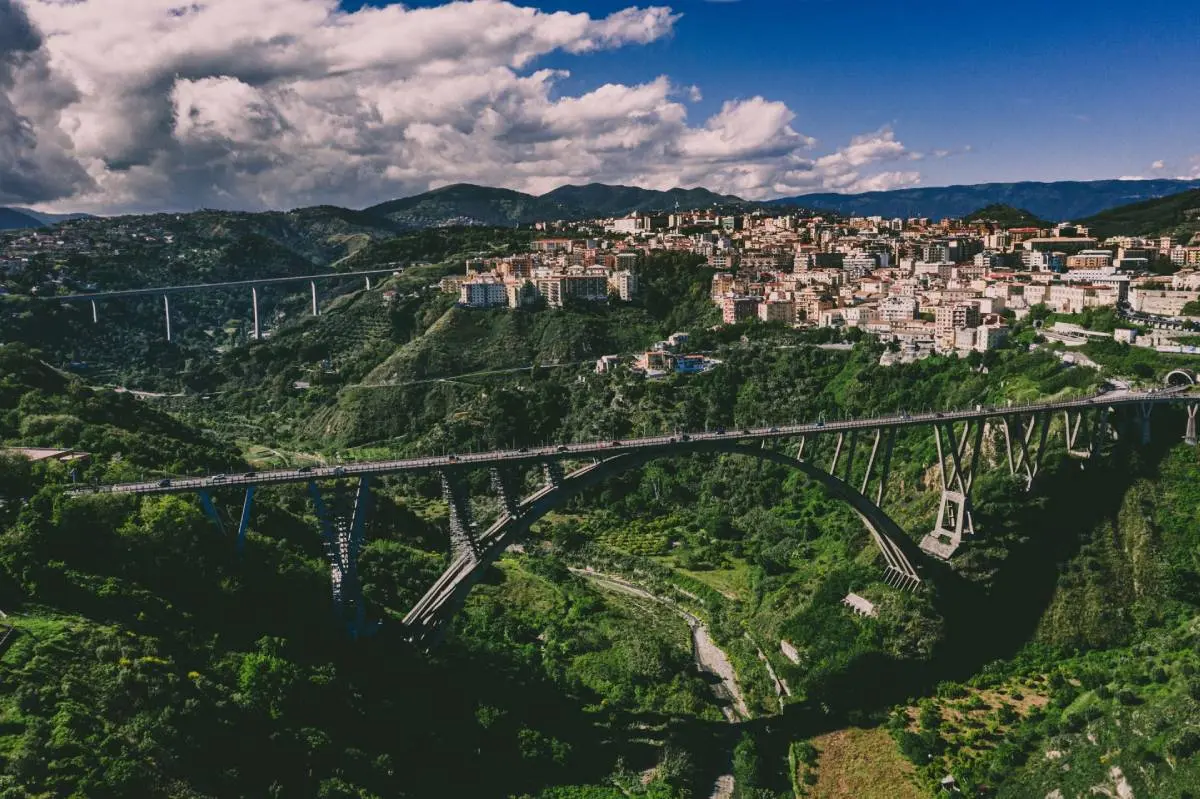
City
Regione Calabria
Capital of the region, Catanzaro is known as the ‘’City between two seas‘’ because it is situated on the isthmus separating the Ionian from the Tyrrhenian Sea, and as the ‘’City of the three Vs‘’, in reference to three characteristics that distinguish it: Wind, Velvet and Vitaliano (the patron saint).
The region's business and cultural centre, with the seat of the ‘’Magna Graecia‘’ University of Catanzaro, the city's historic centre set on a panoramic hill reaches across its bridges, first and foremost the iconic Bisantis Bridge, a futuristic work by engineer Riccardo Morandi, and the Blue Flag Catanzaro Lido (or Catanzaro Lido, Catanzaro Marina), where the obligatory walk along the Catanzaro seafront takes place.
Architectural symbols of the city centre together with the monumental Fountain of the Cavatore, along Corso Mazzini, are the Cathedral, built on the ruins of the ancient cathedral erected in 1121, with the Chapel of San Vitaliano (housing the relics of the patron saint); the Church of Monte dei Morti, in Baroque style; the San Giovanni Monumental Complex, incorporating part of the ancient city walls (the remains of which can still be seen on the panoramic terrace) and hosting temporary exhibitions and cultural events in its halls.
Among the museums not to be missed is the MARCA - Catanzaro Museum of the Arts, a multifunctional museum centre exhibiting valuable artistic collections, such as paintings by Mattia Preti, Francesco Jerace, Battistello Caracciolo and Antonello de Saliba.
Other important museums are gathered in the green space of the marvellous Mediterranean Biodiversity Park: a true green oasis in the middle of the city, covering an area of more than 600 square metres, and expressing the great variety of the Mediterranean floral and faunal heritage.
Its pedestrian and cycling nature trails alternate with visits to museums such as the MUSMI - Military History Museum, and the prestigious open-air works of contemporary art.
For lovers of the latter, there is the fascinating urban trek of the MUDIAC - Diffuse Museum of Contemporary Art in Catanzaro, which links the old town centre, the suburbs and the Lido di Catanzaro.
Those, on the other hand, who wish to discover the oldest and most archaeological part of the town can venture along the path of the Underground Catanzaro.
One cannot leave the city without having tasted its typical dishes, first and foremost the characteristic Morzello Catanzarese (morzeddhu), succulent street food based on veal entrails cooked in gravy as a filling for the traditional pitta ‘a ruota di carro’.
"A Different Tale" exhibition: Catanzaro
The exhibition ‘’A Different Tale‘’ represents a unique cultural project, designed to enhance some of Calabria's most fascinating villages through the art of illustration. Sixteen talented Calabrian authors have reinterpreted places, stories and popular traditions linked to these villages, creating modern works full of personality.
Presented in Melbourne and New York in October 2024, the exhibition celebrates Calabrian identity in a dialogue between tradition and innovation, involving an international audience.
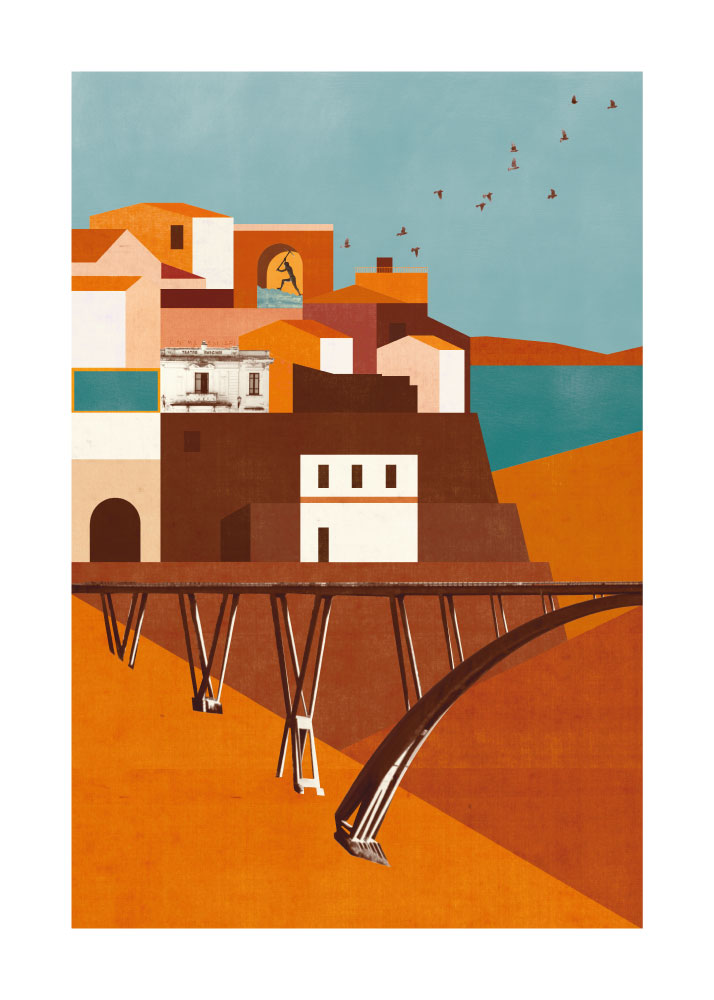
Francesca Gastone created the illustration of the city of Catanzaro. Born and raised in Milan, she graduated in Architecture at the Milan Polytechnic. After ten years between São Paulo and Hong Kong as an architect, she specialised in editorial illustration at Mimaster in Milan, where she now lives and works.
He collaborates with newspapers such as L'Espresso, Il Sole 24 Ore, Jacobin Italia and La Nuova Ecologia, as well as cultural institutions such as the Milan Polytechnic and MAXXI in Rome. She has created illustrations for design brands such as Foscarini and Cleaf and for publishing houses such as Corraini, Lapis and Nomos. She is represented in the USA and UK by Marlena Agency.
No result


